With so many graphics cards out on the market from both AMD and Nvidia, figuring out which GPU best suits your needs can be difficult. We’re here to help steer you in the right direction. We’ve rounded up our reviews of all the modern graphics card below and have ordered them by performance.
We tested reference cards from AMD and Nvidia whenever possible, and included GPU specification charts below.
Nvidia GeForce GTX Spec Chart
| Nvidia GeForce GTX 1080 Ti | Nvidia GeForce GTX 1080 | Nvidia GeForce GTX 1070 | Nvidia GeForce GTX 1060 | Nvidia GeForce GTX 1050 Ti | Nvidia GeForce GTX 1050 | |
| CUDA Cores/Stream Processors | 3584 | 2560 | 1920 | 1280 | 768 | 640 |
| Texture Units | 224 | 160 | 120 | 80 | 48 | 40 |
| ROPs | 88 | 64 | 64 | 48 | 32 | 32 |
| Core Clock | 1480MHz | 1607MHz | 1506MHz | 1506MHz | 1430MHz | 1405MHz |
| Boost Clock | 1582MHz | 1733MHz | 1683MHz | 1708MHz | 1544MHz | 1519MHz |
| Memory Clock | 11Gbps GDDR5X | 10Gbps GDDR5X | 8Gbps GDDR5 | 8Gbps GDDR5 | 7Gbps | 7Gbps |
| Memory Bus Width | 352-bit | 256-bit | 256-bit | 192-bit | 128-bit | 128-bit |
| VRAM | 11GB | 8GB | 8GB | 6GB | 4GB GDDR5 | 2GB GDDR5 |
| Transistor Count | 12B | 7.2B | 7.2B | 4.4B | 3.3B | 3.3B |
| Teraflops | 11.34 | 8.9 | 6.5 | 3.8 | 2.1 | 1.8 |
| TDP | 250W | 180W | 150W | 120W | 75W | 75W |
| Manufacturing Process | 16nm FinFET | 16nm FinFET | 16nm FinFET | 16nm FinFET | 14nm | 14nm |
| Architecture | Pascal | Pascal | Pascal | Pascal | Pascal | Pascal |
| GPU | GP102 | GP104 | GP104 | GP106 | GP107 | GP107 |
| Launch Date | 3/10/2017 | 5/27/2016 | 6/10/2016 | 7/19/2016 | 10/2016 | 10/2016 |
| Launch Price | $699 | $599/$699 | $379/$449 | $249/$299 | $149.99 | $109.99 |
AMD Radeon RX Spec Chart
| AMD Radeon RX 580 | AMD Radeon RX 570 | AMD Radeon RX 480 | AMD Radeon RX 470 | AMD Radeon RX 460 | |
| Stream Processors | 2304 | 2048 | 2304 | 2048 | 896 |
| Texture Units | 144 | 128 | 144 | 128 | 56 |
| ROPs | 32 | 32 | 32 | 32 | 16 |
| Core Clock | 1257MHz | 1168MHz | 1120MHz | 926MHz | 1090MHz |
| Boost Clock | 1340MHz | 1244MHz | 1266 MHz | 1206MHz | 1220MHz |
| Memory Clock | 8Gbps GDDR5 | 7Gbps | 7/8Gbps GDDR5 | 7Gbps | 7Gbps |
| Memory Bus Width | 256-bit | 256-bit | 256-bit | 256-bit | 128-bit |
| VRAM | 8GB | 4GB | 4/8 GB | 4GB GDDR5 | 4GB GDDR5 |
| Transistor Count | 5.7B | 5.7B | 5.7B | 5.7B | 3B |
| Teraflops | 6.17 | 5.1 | 5.8 | 4.9 | 2.2 |
| TDP | 185W | 150W | 150W | 120W | 75W |
| Manufacturing Process | 14nm FinFet | 14nm FinFet | 14nm FinFet | 14nm | 14nm |
| Architecture | GCN | GCN | GCN | GCN 2.0 | GCN 2.0 |
| GPU | Polaris 20 | Polaris 20 | Polaris 10 | Polaris 11 | Polaris 11 |
| Launch Date | 4/18/17 | 4/18/17 | 06/29/16 | 8/16 | 8/16 |
| Launch Price | $199/$229 | $169 | $200/$240 | $199.99 | $139.99 |
While these charts will provide you with a ton of detail on every video card, if you don’t understand GPU jargon, we explain what each graphics card is capable of in laymen’s terms below.
Genshin Impact - "Arlecchino: Sleep in Peace" | Official Character Teaser Potionomics: Masterwork Edition - Official Announcement Trailer Snowbreak: Containment Zone - "Gradient of Souls" Version Trailer Nancy Drew: Mystery of the Seven Keys | World Premiere Official Trailer Modern Warfare III & Warzone - Official Cheech & Chong Bundle Gameplay Trailer The Fallout TV Show's Biggest Easter Eggs Apex Legends: Urban Assault Collection Event Trailer Stellar Blade - BIBI ‘Eve’ Official Music Video Trailer | PS5 Total War: WARHAMMER III - Elspeth von Draken Gameplay Showcase Harold Halibut GameSpot Video Review SteamWorld Heist II – Official Reveal Gameplay Trailer Dead Island 2 – Official SoLA Expansion Gameplay Launch Trailer
Please enter your date of birth to view this video
By clicking 'enter', you agree to GameSpot's
Terms of Use and Privacy Policy
GeForce GTX 1080 Ti
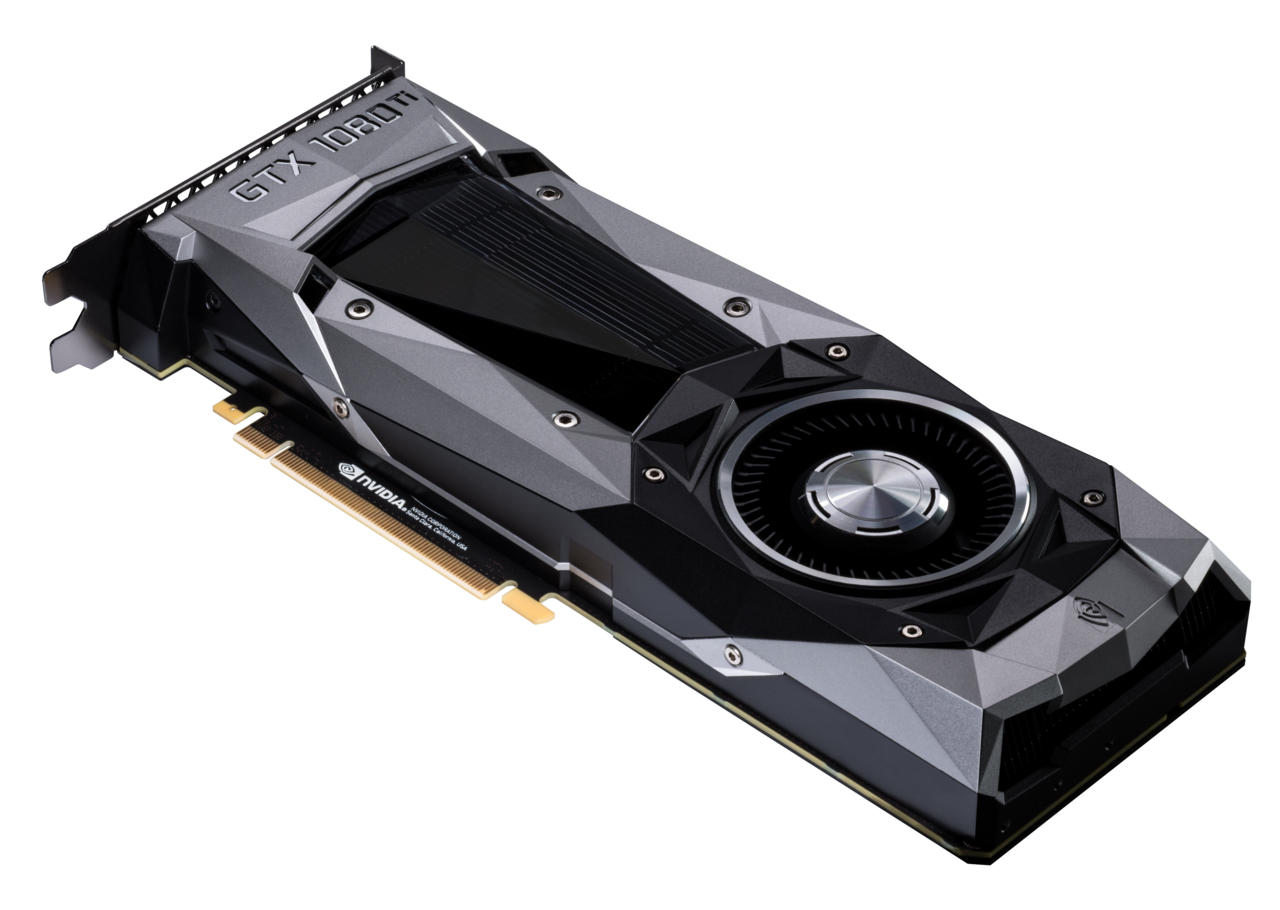
What it’s good for: The GeForce GTX 1080 Ti is currently the best gaming graphics card that money can buy. The GPU is geared for 4K (3840x2160p) and should be able to max out the most graphically-demanding games at that resolution with playable frame rates. You may want to lower some graphical settings like anti-aliasing if you want to hit 60FPS and above for the most taxing games at 4K, however.
From our GeForce GTX 1080 Ti review: “The GTX 1080 Ti shattered nearly every benchmark I threw at it while being a very quiet card. At $699, it isn’t cheap, but it’s still a great value given the performance.
If you told me last year that we’d get a card this fast by now, I would have called you crazy. As I noted in my GTX 1080 review in 2016, I thought it wouldn’t be until Nvidia’s Volta GPU micro-architecture that we’d get a card that could truly handle 4K this well. The GTX 1080 Ti proved me wrong. It’s that good.”
Price: $699.99
GeForce GTX 1080
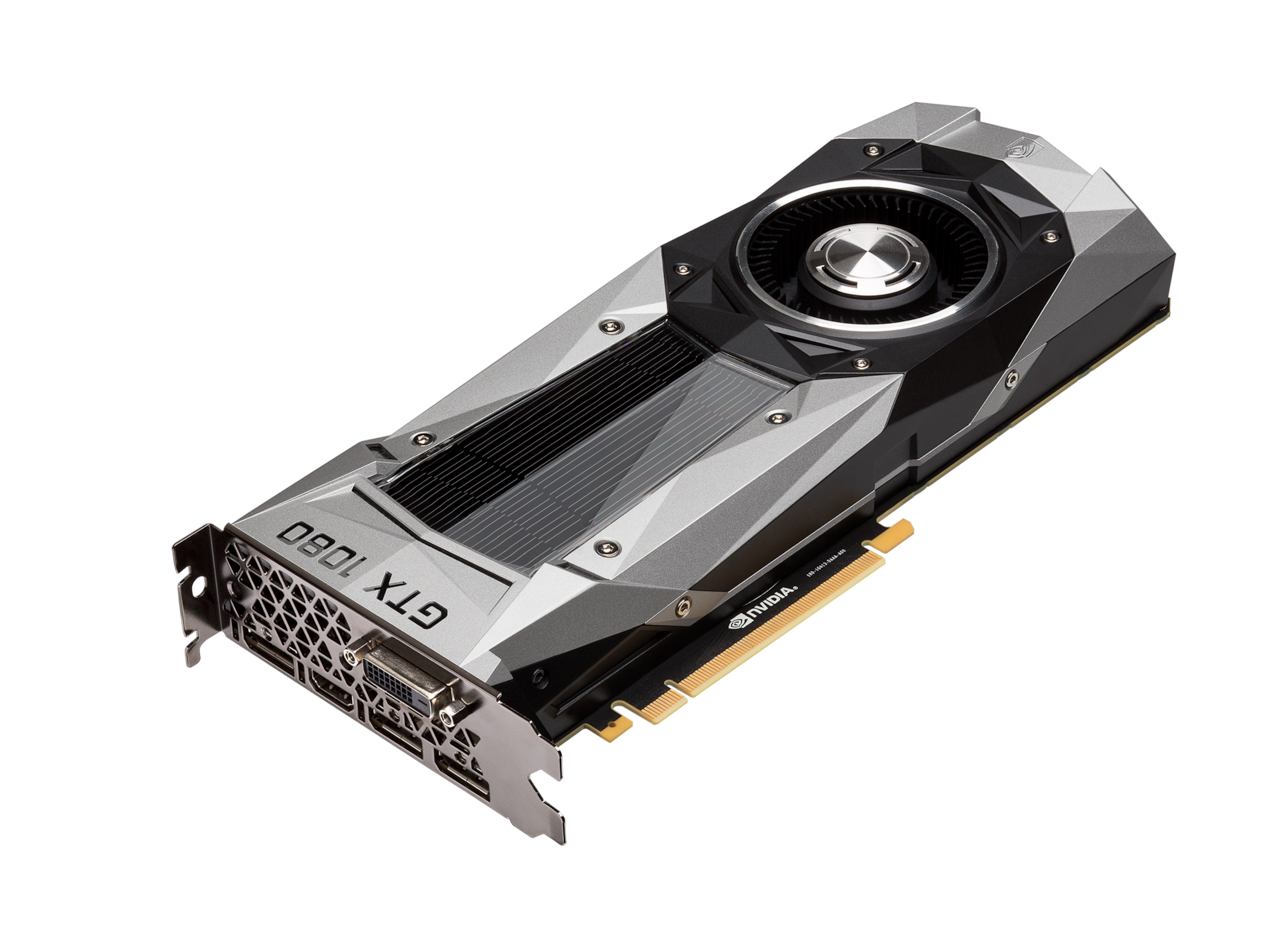
What it’s good for: The GeForce GTX 1080 is a high-end GPU that serves as a good entry point for 4K gaming. It will be able to handle most games at 3840x2160p, but may struggle to max out the most taxing titles with smooth, consistent frame rates. Alternatively, it’s also a viable GPU for maxing out graphically demanding games at 1440p with high refresh rate panels.
From our GeForce GTX 1080 review: “It easily gives the $1,000 Maxwell-based Titan X a run for its money. At 4K, where it’s really able to flex its muscles, it can be 70 percent faster than its predecessor, which is insane when you consider that the GTX 980 is still a fantastic GPU.”
Price: $499
GeForce GTX 1070
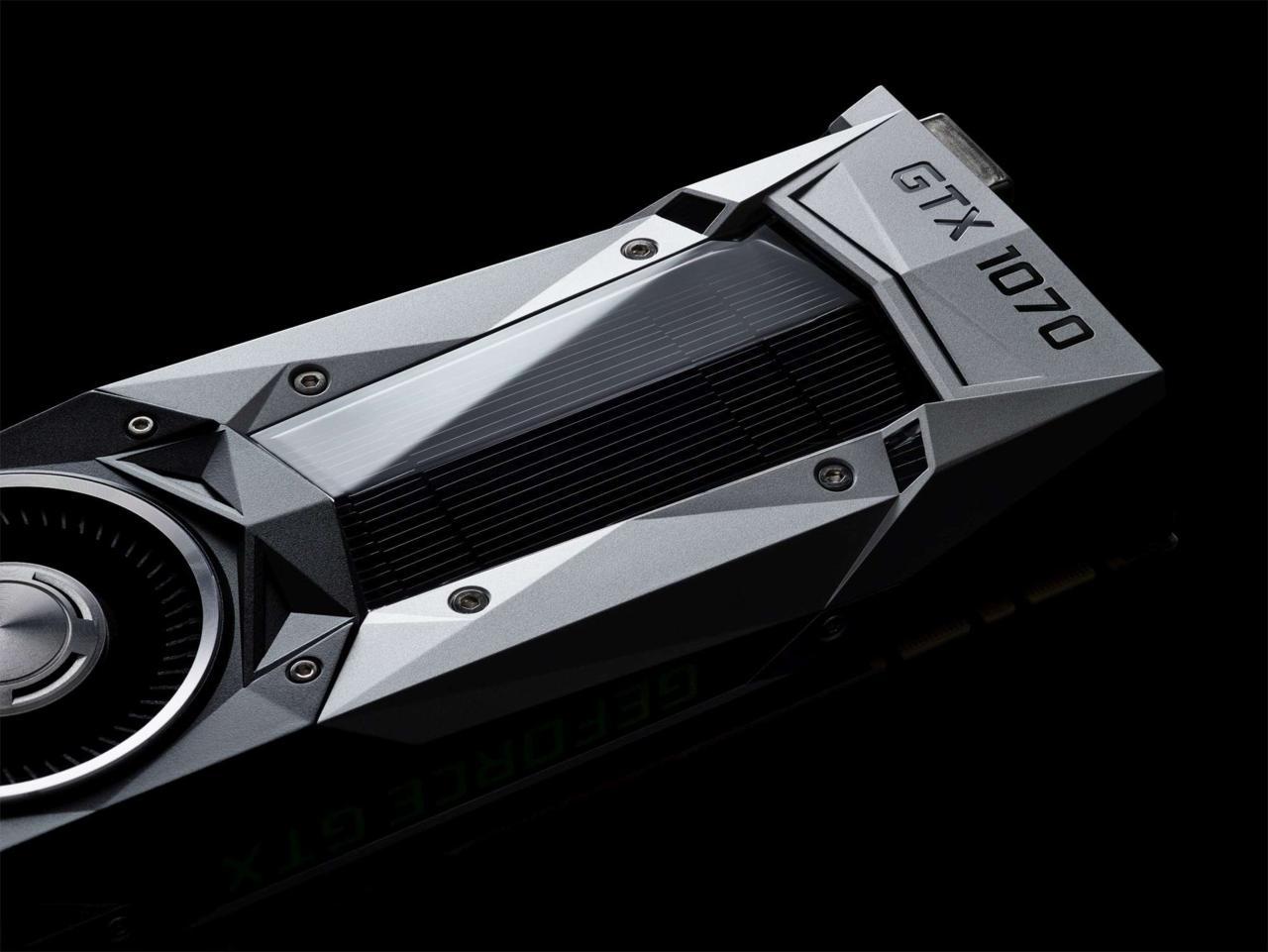
What it’s good for: The GeForce GTX 1070 is an upper mid-range GPU that can handle moderately taxing games at 4K, but it really excels more as a fantastic card for maxing out games at 1440p on high refresh rate panels. It’s also slightly faster than 2015’s $1,000 Titan X graphics card.
From our GeForce GTX 1070 review: “If you were tallying the wins between the GTX 1070 and the Titan X in my suite of benchmarks, then you’ll know that the 1070 beat the Titan X in all of the benchmarks with the exception of one test, where it was just one percent behind. Not only is this within the statistical margin of error, but it was a test done at 1080p with both cards averaging over 140 FPS. Like the Titan X and GTX 1080 before it, the GTX 1070 is overkill for 1080p gaming, unless you’re running a really high refresh rate monitor. Also like the GTX 1080, it will be able to max out all 1440p games with playable framerates as well, though it won’t achieve above 60 average FPS for the most taxing games. It’s also a viable card if you want to dip your feet into 4K, but, again, it won’t be able to max out the most graphically demanding games there.
...Sure, the GTX 1070 makes some concessions against the GTX 1080, but, for the most part, it performs admirably where it counts.”
Price: $399
AMD Radeon RX 580
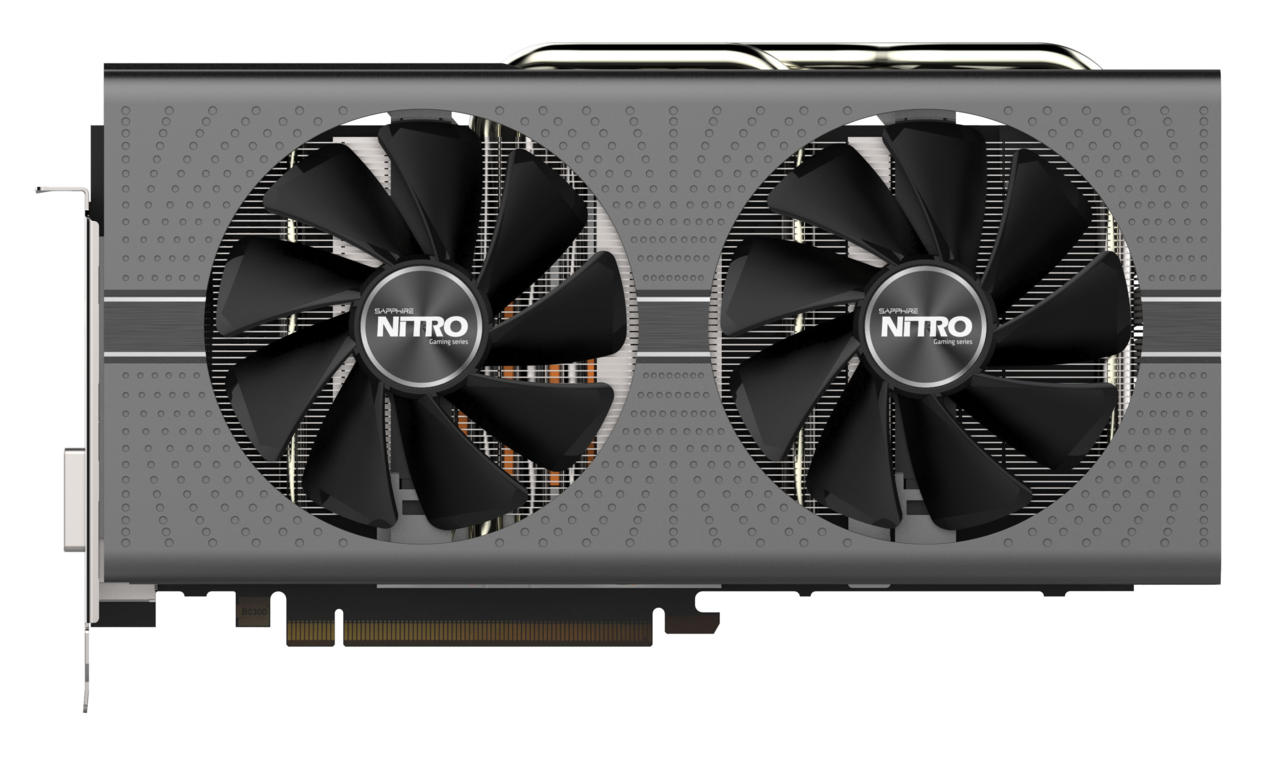
What it’s good for: The RX 580 is essentially an overclocked RX 480. It’s a great mid-tier GPU for maxing out games at 1080p. In a benchmark battle, it’s really competitive with Nvidia’s GeForce GTX 1060 and can also handle most games at 1440p.
The RX 580 comes in either 4GB or 8GB variants. We’d suggest sticking with a 4GB model, which start out at $199, if you plan on gaming at 1080p. If you plan on gaming at higher resolutions, we recommend an 8GB version, which you can find for around $230.
From our AMD Radeon RX 580 review: “Sapphire's slightly overclocked RX 580 trades blows with Nvidia's slightly more expensive GTX 1060. According to our benchmark data, it's really too close to declare a definitive winner. One downside to the RX 580 is that it consumes a lot of power for a mid-range card.”
GeForce GTX 1060
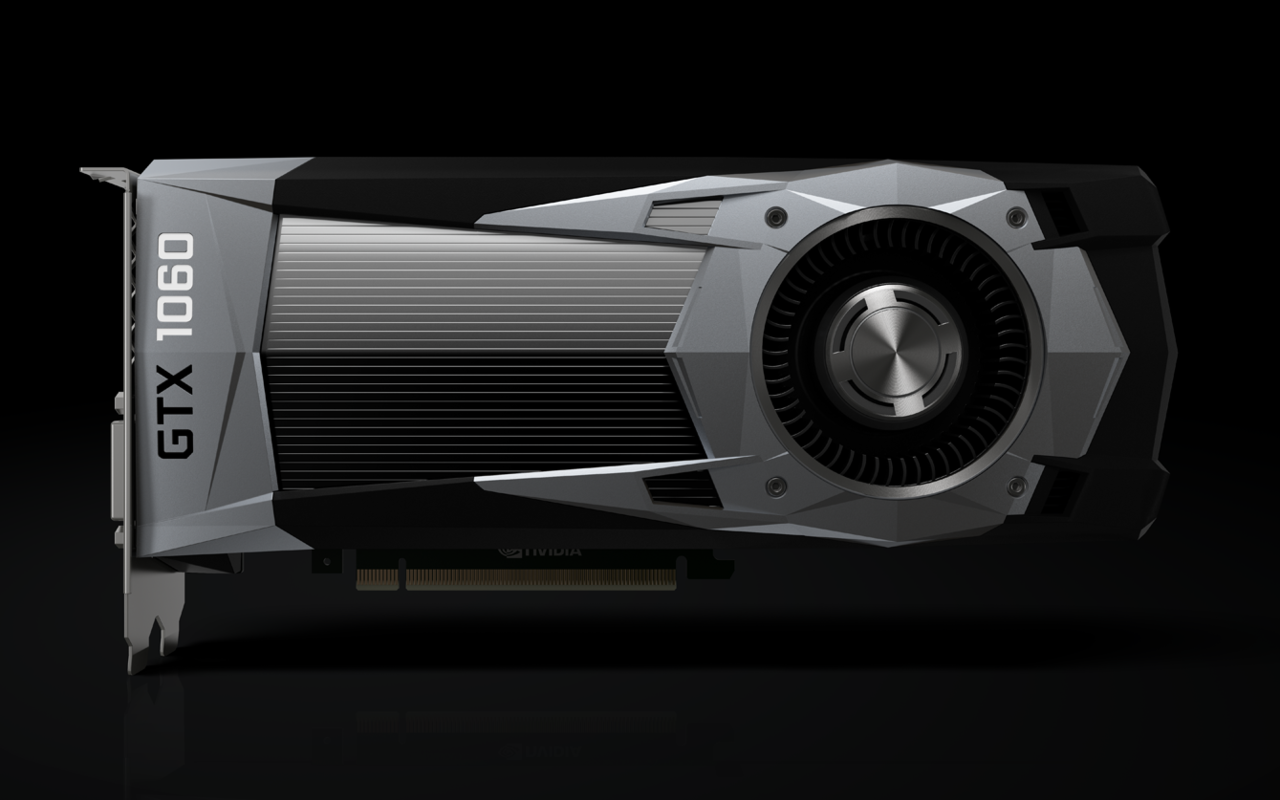
What it’s good for: The GeForce GTX 1060 is a highly recommended mid-range card for those who game with a high refresh rate 1080p monitor, which is the most popular gaming resolution. It can also handle many moderately-taxing games at 1440p with playable frame rates and is also a VR-capable card.
From our GeForce GTX 1060 review: “While Nvidia is marketing the GeForce GTX 1060 as a capable graphics card to run 1080p games maxed out, it can also handle many 1440p games well. According to my numbers, the $300 graphics card runs 1.6 percent faster than the GTX 980--which is a card that you’ll still find online for roughly $100 more. While it isn’t always faster than the GTX 980, my tests do validate Nvidia’s assertions that the two cards are generally comparable.”
Price: $299
AMD Radeon RX 570
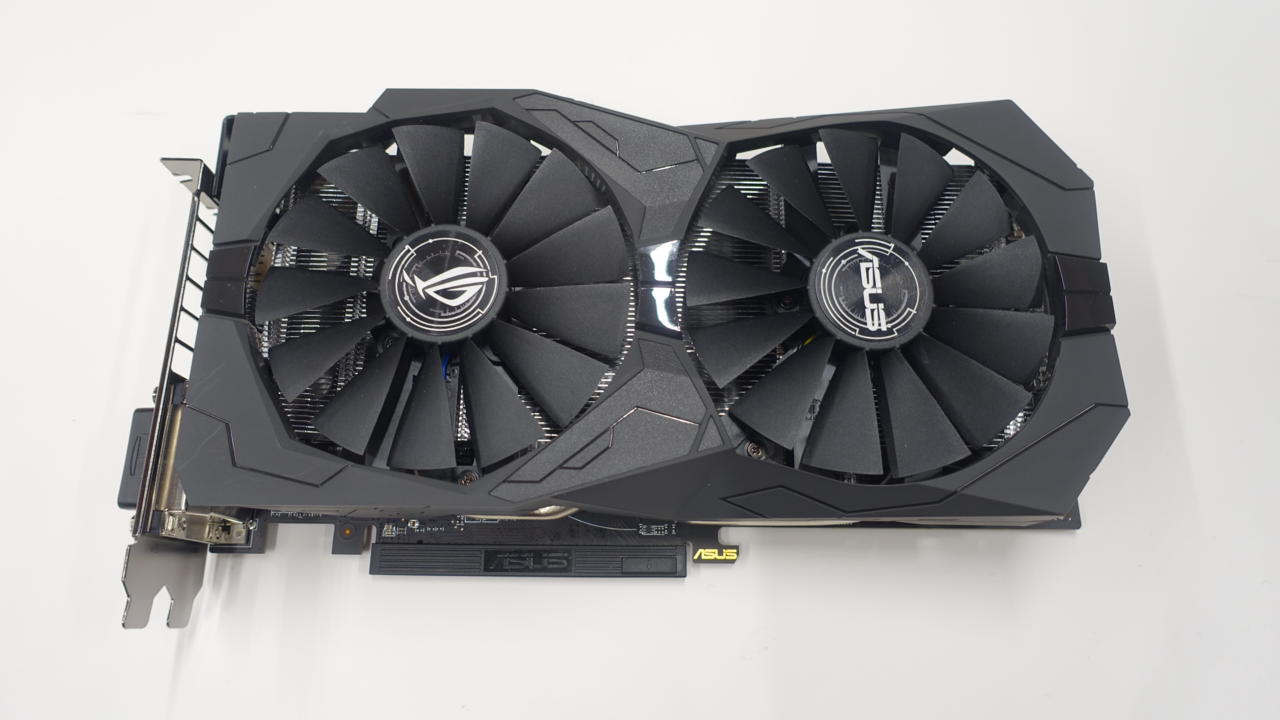
What it’s good for: The RX 570 is essentially an overclocked version of 2016’s RX 470. This makes it roughly as fast as AMD’s older, but more premium tier RX 480. Like the RX 480 before it, the card is a fantastic GPU for 1080p gaming, especially since it starts at a base price of $169. It will also be able to handle most games at 1440p with playable frame rates.
From our AMD Radeon RX 570 review: “The RX 570 will be able to run most games at 1440p with playable frame rates. You will most likely want to turn some settings down in the more graphically demanding games, however.”
GeForce GTX 1050 Ti
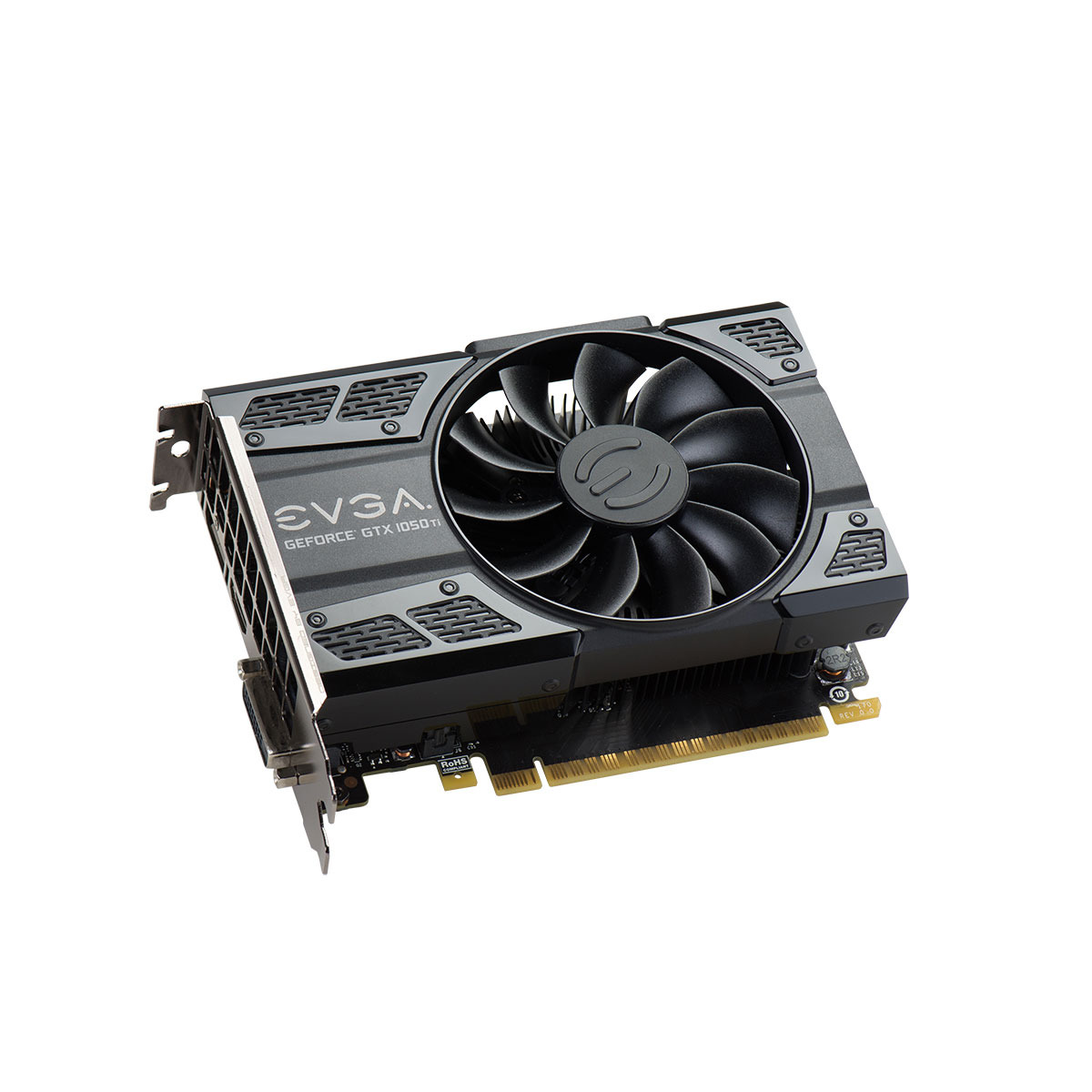
What it’s good for: The GeForce GTX 1050 Ti is a budget card that’s geared for playing the most popular games at 1080p with high-to-very high settings.
From our EVGA GTX 1050 Ti Review: “EVGA’s GTX 1050 Ti offers a great value”
Price: $149.99
GeForce GTX 1050
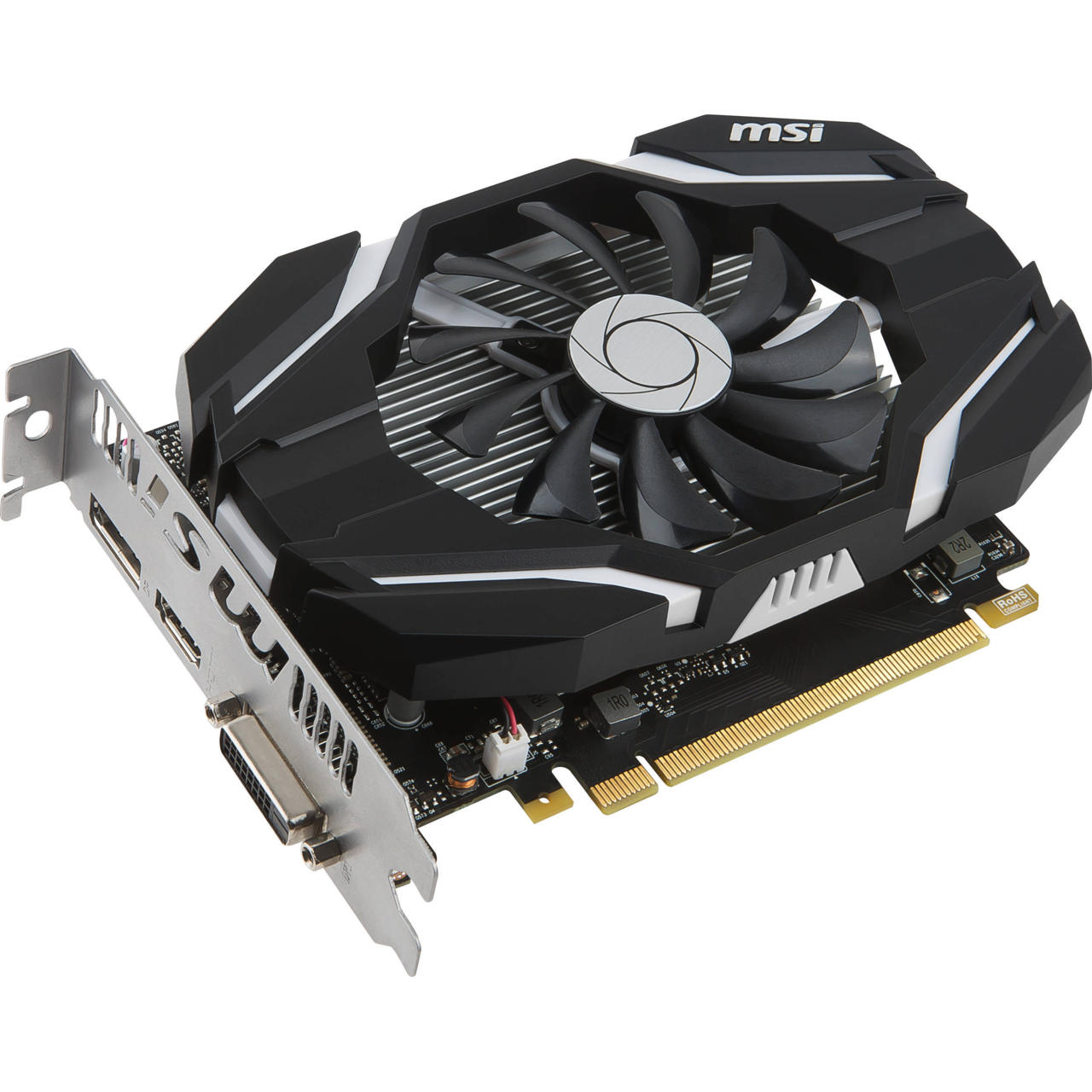
What it’s good for: The GeForce GTX 1050 is a slightly slower version of the GTX 1050 Ti. The card is geared for running popular titles like Rocket League and Overwatch at 1080p, though it can run graphically demanding games like The Witcher 3 if you’re willing to turn down some settings. It’s a super cheap, good bang-for-the-buck 1080p option.
From our MSI GTX 1050 review: The card is capable of handling most games at 1080p with respectable settings and frame rates.”
Price: $109.99
